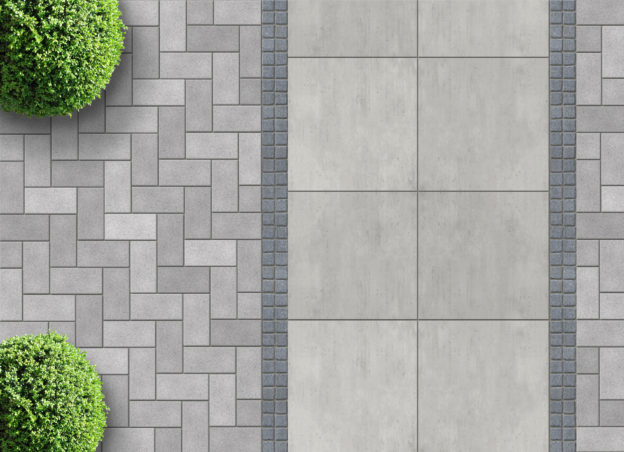
Do you want to know more about the durability of concrete and its effect on the environment?
Longevity of use without substantial breakdown is what we mean when discussing durability (about concrete). The costs and environmental toll of repairs and replacements are diminished when one uses a long-lasting material. Natural resources are depleted, and pollution of air and water is created when manufacturing substitute building materials.
Concrete may keep its intended engineering properties even after exposure to weather, chemicals, and wear and tear. The intended qualities and exposure conditions dictate the durability requirements for various concretes. The final durability and life of concrete are determined by several factors, including the ingredients used, how those ingredients interact, the methods used to place and cure the concrete, and the conditions under which the concrete will be used.

What is the durability of Concrete
Most structures have a 30-year lifespan, but many last much longer (50-100 years). Buildings made of concrete and masonry last for a long time without needing to be replaced because of structural damage. However, if the building"s function or usage changes or if the building"s interior is refurbished, the concrete shell or structure can be reused. Both as a structural material and as the outside covering, concrete can protect a building from the weather and other natural deterioration mechanisms.
Concrete"s durability can be described as its capacity to withstand the effects of time while retaining its original form and the engineering features for which it was designed. Depending on the concrete"s intended use and exposure conditions, varying degrees of durability may be necessary to achieve the desired results. For instance, a floor in a home with no exposure to the elements will have different requirements than one in a building on the coast.
Considerations for Concrete Longevity
Heavy Dew and Rain
Because it contains so little organic material, concrete is not easily damaged by rust or decay, even in hot, humid environments. Only cracks in the concrete allow moisture to seep inside a structure. This risk can be reduced by having the joints inspected and repaired annually. Even if water leaks through the cracks, it won"t hurt the concrete. If impermeable membranes are used to cover walls, the concrete inside will dry up and crack.
Exterior insulation and finish systems (EIFS) and synthetic stucco systems can have performance issues such as moisture damage and low impact resistance, whereas Portland cement plaster (stucco) does not. Compared to portland cement stucco, the thickness of synthetic stucco is typically much thinner, making it more vulnerable to impact. Its composition prevents moisture from escaping once it"s trapped inside a wall. Insulation, sheathing, and wood framing can all decay if moisture is trapped between them for too long. Metal supports and framework are corroded as well. Because concrete and masonry are so durable and resistant to moisture and corrosion, they make ideal substrates for exterior insulation and finishing systems (EIFS).
Anti-UV Protection
The sun"s UV rays do not damage concrete. Colored pigments in concrete ensure that architectural features (walls and floors, for example) keep their original hue long after paints have faded due to sunlight.
Inedible
Concrete is indestructible by rodents and insects because it is not a food source for them. Even because insects can"t eat them, some softer materials serve as insect highways. Concrete is too tough for rodents and insects to chew through.
Temperature Change Tolerance
Freezing and thawing while the concrete is still wet, especially in the presence of deicing chemicals, is the most detrimental weathering factor. Deterioration occurs when water in the past, the aggregate particles, or both freezes and expands.
Adding an air-entraining additive and mixing it thoroughly may give concrete a system of microscopic air bubbles that makes it extremely resistant to freezing and thawing. These tiny air pockets in the concrete allow water to expand into ice, relieving pressure from within the structure. Durability increases with decreasing water-cementitious ratio; hence concrete with a ratio of 0.40 or less is preferable to concrete with a ratio of 0.50 or greater. To avoid damage from repeated freezing and thawing, use air-entrained concrete with a low water-cementitious ratio and an air content of 5 to 8 percent of evenly distributed air voids.
.png)
Conclusions about durability of concrete and its effect on the environment
Cement concrete is used in the construction of many modern buildings. Concrete made with cement is widely utilized now. Most dams, monuments, barrages, highways, buildings, and other engineering projects employ this material. Because of its various benefits, concrete is frequently used in the building industry.

